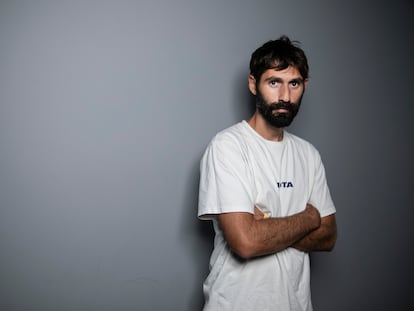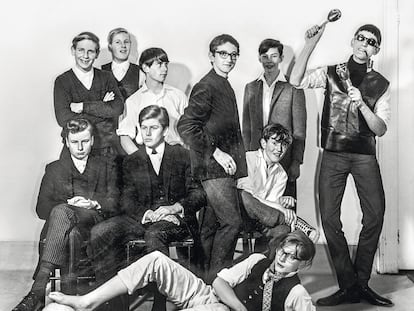Is a feminist architecture possible? An all-women firm reimagines the field
Cierto Estudio is a cooperative that stands up to the masculine cliché in the sector. They dream of designing the sets for a Pedro Almodóvar film
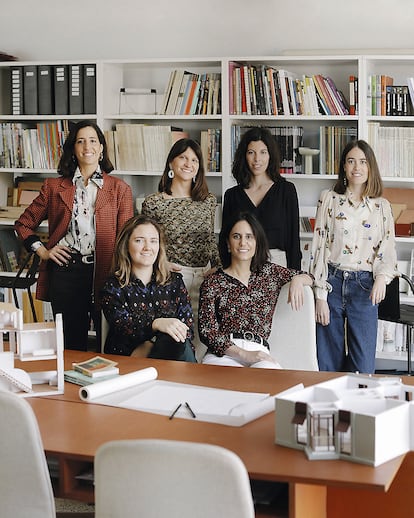
Cierto Estudio are six female architects from Barcelona who face the issue head-on. Their gender, unfortunately, is a rarity in their industry. “We are well-known as a studio led by women. The fact that we’re six female partners puts us in the spotlight. People always ask us what it’s like to be six partners and women on top of that, as if that were very different from being six men.” But should we talk about a feminist architecture? “Surely we will do feminist architecture, because we understand that feminist architecture is architecture designed for everyone. But we are not alone. Many studios, including some led by men, do feminist architecture,” say the architects, who work as a cooperative and seek to change how we move through public and private space.
Though the different projects are distributed among them for day-to-day work, everything in the company is shared. Including the answers to this interview, agreed by email. Marta Benedicto, Ivet Gasol, Carlota de Gispert, Anna Llonch, Lucia Millet and Clara Vidal created Cierto Estudio in an unusual way. Fresh out of university, in 2017 they won the social housing competition in Les Glóries Catalanes square with La Comunidad Habitacional. They received the honor over 100 other architectural firms, many of them renowned and with more experience. The women’s project was an ambitious sustainable and multi-use proposal with the community space as the protagonist. “We believe in the importance of designing the environment where people live, where their home is the place that should protect them and at the same time connect them with rest,” they argue.
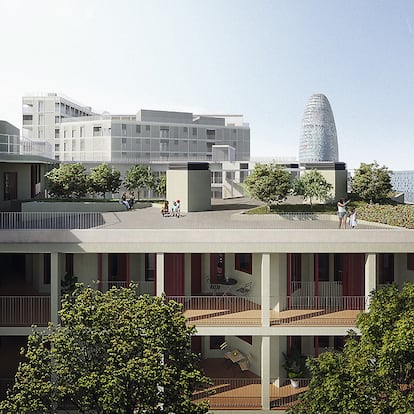
They also played a part in the conception of the Superilla Barcelona urban plan. “The experience of confinement during the pandemic influenced our perception of public space. That is why we thought of a street with more domestic spaces, for example, placing urban furniture such as tables that were added to the chairs or benches. In the same way, we recognize the collective need to connect with nature by expanding the presence of vegetation. Public space is a gathering place, where we create our support network, where people meet, the common space par excellence. For that reason, it is important to create new streets, parks and squares with more vegetation, and with a different hierarchy where the car is not the priority.”
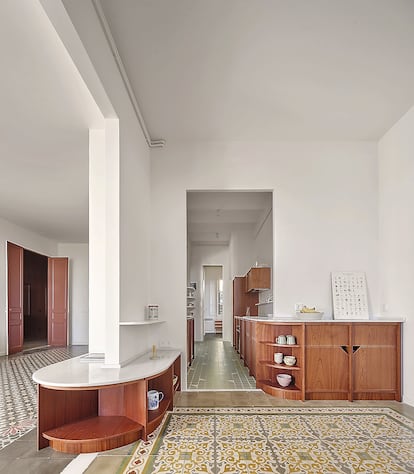
Inspired by icons such as the Casa de la Marina de Coderch, in Barceloneta, the cooperative housing by Kay Fisker in Copenhagen and the pharaonic Walden 7 by Bofill in Sant Just Desvern, Cierto Estudio rethinks the needs of the community both in urban environments and at home. In their award-winning Kitch-room concept to develop 68 homes, they subvert the hierarchy of space by turning the kitchen, eternally relegated to a “second-class” place, into the heart of the house. “It’s where the best parties end,” they joke. They confess that they have found “more freedom and capacity for experimentation in public works. However, in private projects we know who will inhabit the spaces and personalize it to the maximum.”
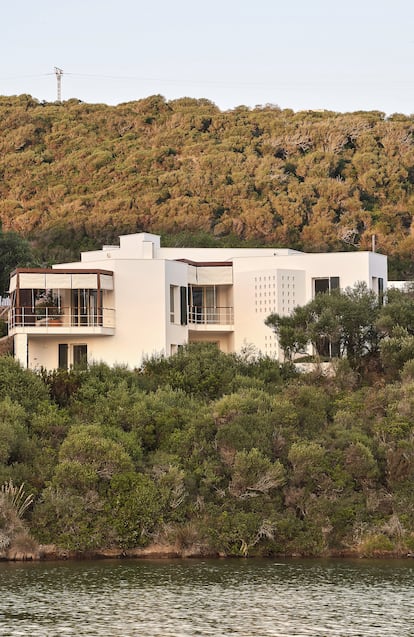
Thinking small has also been some of their great challenges. Like Ca l’Ocell, “a single-family home in Menorca where for the first time we are faced with a blank canvas; specifically, an irregularly shaped sloping plot with views of the port of Mahón. Building a house has something atavistic. It involves the landscape. You are going to impact the place for a long time.” In their interior renovations, both of private apartments (such as the apartment of the filmmaker Bernat Lliteras in a modernist building, which they presented to the world with an interior film filmed by Lliteras himself) and the Hotel Mothern, they use two basic slogans: the idea of connected housing and the transition spaces between interior and exterior. “We are more interested in understanding the habits and customs of our clients than sharing a Pinterest folder with trendy images.”
Their main current inspirations, they recount, include “the workaround collective housing being carried out in Switzerland by studios such as Esch Sintzel Architekten, EMI Architekten, Atelier Abraha Achermann and Mathis Kamplade. From another perspective, we are fascinated by the work of Anne Holtrop, halfway between furniture design and architecture, as she experiments with materiality. In our collective imagination is the work of post-war Italian architects such as Caccia Dominioni, Asnago e Vender and Gio Ponti. And also, at a more local level, as well as other architects of our generation, we are very aware of the work of Studio PER (and that of its members on an individual level), Correa Milá and Coderch.” The firm’s immediate future points to finally leaving Catalonia and growing in Switzerland, Belgium or France. “When it comes to dreams, we would love to design the set design for the next Pedro Almodóvar film or the boutiques of a haute couture brand or a renowned product design firm.”
Sign up for our weekly newsletter to get more English-language news coverage from EL PAÍS USA Edition
Tu suscripción se está usando en otro dispositivo
¿Quieres añadir otro usuario a tu suscripción?
Si continúas leyendo en este dispositivo, no se podrá leer en el otro.
FlechaTu suscripción se está usando en otro dispositivo y solo puedes acceder a EL PAÍS desde un dispositivo a la vez.
Si quieres compartir tu cuenta, cambia tu suscripción a la modalidad Premium, así podrás añadir otro usuario. Cada uno accederá con su propia cuenta de email, lo que os permitirá personalizar vuestra experiencia en EL PAÍS.
¿Tienes una suscripción de empresa? Accede aquí para contratar más cuentas.
En el caso de no saber quién está usando tu cuenta, te recomendamos cambiar tu contraseña aquí.
Si decides continuar compartiendo tu cuenta, este mensaje se mostrará en tu dispositivo y en el de la otra persona que está usando tu cuenta de forma indefinida, afectando a tu experiencia de lectura. Puedes consultar aquí los términos y condiciones de la suscripción digital.
More information
Archived In
Últimas noticias
Most viewed
- Sinaloa Cartel war is taking its toll on Los Chapitos
- Oona Chaplin: ‘I told James Cameron that I was living in a treehouse and starting a permaculture project with a friend’
- Reinhard Genzel, Nobel laureate in physics: ‘One-minute videos will never give you the truth’
- Why the price of coffee has skyrocketed: from Brazilian plantations to specialty coffee houses
- Silver prices are going crazy: This is what’s fueling the rally
